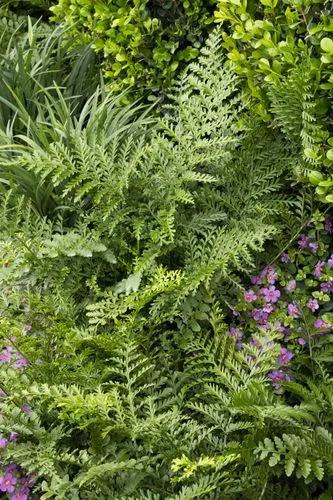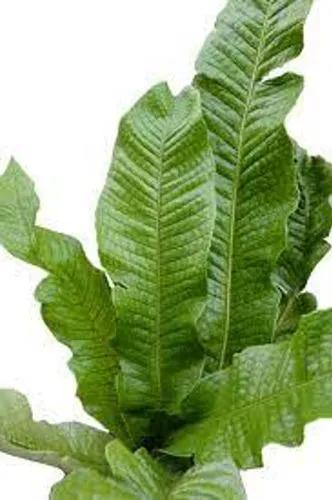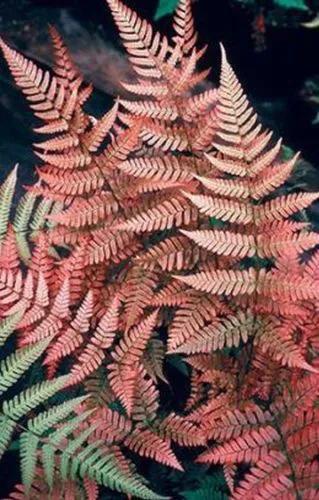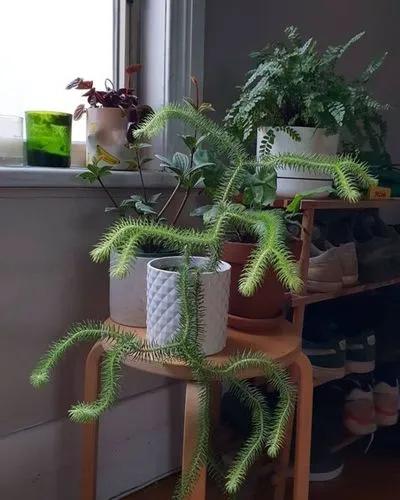A beautiful and easy woodland fern, native across the Northern Hemisphere. The large light-green triangular fronds form a good-sized clump with a well behaved, non-spreading habit. Well suited to use in any moist, shady situation. Combines well in the garden with Hosta and most other shade-loving perennials. Also useful in tubs or mixed containers. Deciduous, remove old fronds in late fall or spring. Mulch around the plants with dead leaves in the fall, to help conserve moisture in summer.
Male Fern Care
Dryopteris Filix-mas



How to Care for the Plant

Water

Dryopteris Filix-Mas prefers moist to wet watering.It means you must ensure it receives a good supply of water. It also can tolerate drought.It is best to water it once every week but make sure to allow the soil to dry slightly between watering.

Fertilizer

Fertilize this plant once every two weeks, and alternate between seaweed and fish fertilizer for plants.It is recommended you decrease the fertilizing and watering during the winter season.

Sunlight

This vascular plant prefers shade and part sun.Place it outside in the sun during the afternoon while keeping it in full shade during the rest of the hours.

Soil

This plant can easily grow in well-drained and average moisture soils.Dryopteris Filix-Mas prefers humusy, consistently moist soils which are loaded with organic matter.The soil mustn’t be completely dried out.The ideal type of soil for this plant is clay, sand, and chalk soil with alkaline, neutral, and acid pH.

Temperature

It can tolerate temperatures between 70° – 75° degrees Fahrenheit (21° – 24° C) during the day and up till 60° degrees Fahrenheit (15° C) during the night.

Additional

Although we have found no reports for this species, a number of ferns contain carcinogens so some caution is advisable[200]. The fresh plant contains thiaminase, an enzyme that robs the body of its vitamin B complex. In small quantities this enzyme will do no harm to people eating an adequate diet that is rich in vitamin B, though large quantities can cause severe health problems. The enzyme is destroyed by heat or thorough drying, so cooking the plant will remove the thiaminase[172]. However, there have been reports for other species of ferns suggesting that even cooked fronds can have a long term harmful effect. Some caution is therefore advised.

Popularity

797 people already have this plant 142 people have added this plant to their wishlists
Discover more plants with the list below
Popular articles






